On The Surface of The Streams
Fernando Pessoa’s poetry on Lisbon’s riverside bike path.
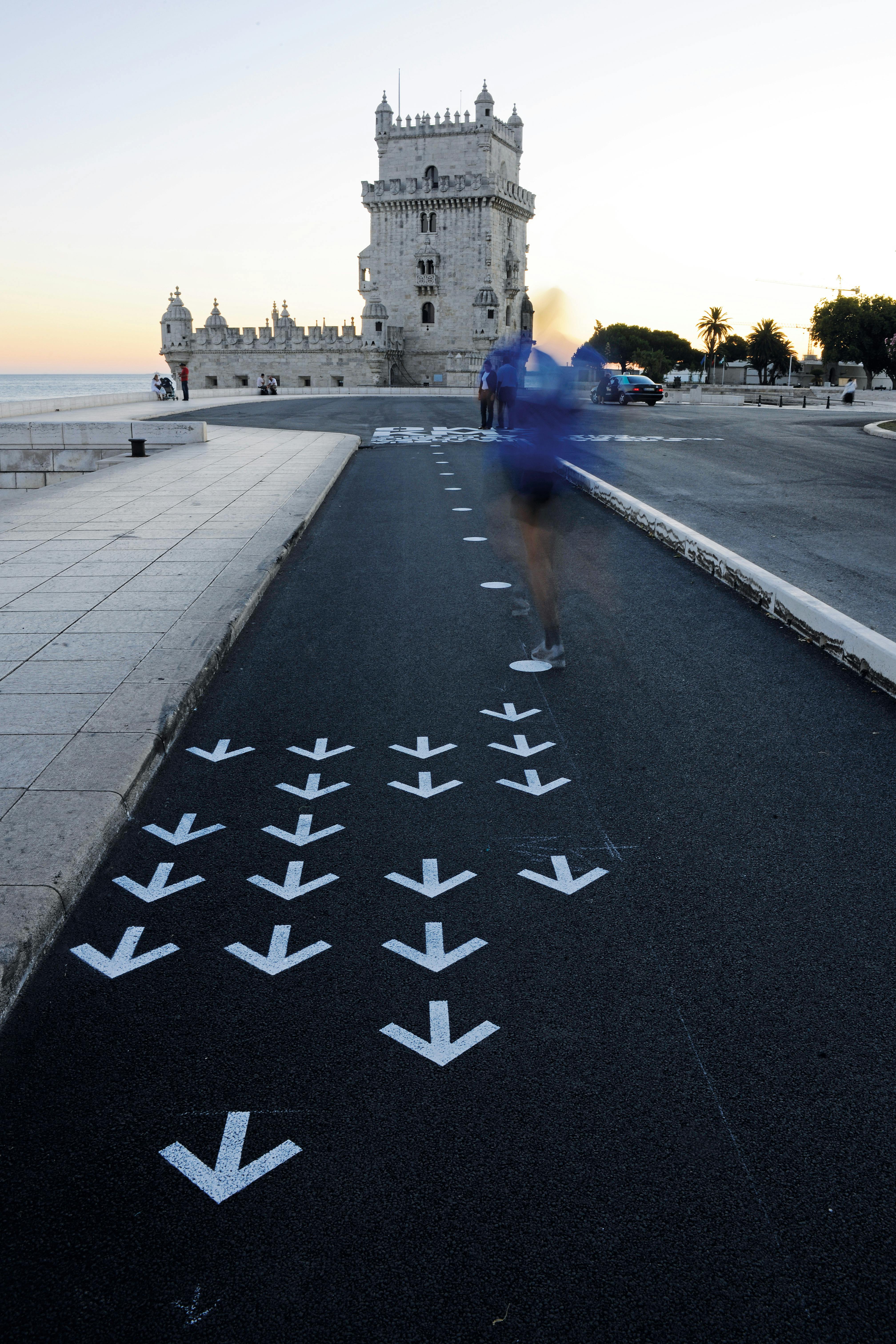
Text: Kaitlyn Bové
Photos: Joao Silveira Ramos & Giuseppe Greco
Nature isn’t necessarily the first idea we think of when considering urban cycling. Urban cycling’s main utility is transport, but it is also a multidimensional culture for those who wish to engage in it. (Clearly, we think so). But poetry is also not necessarily the first idea we think of when talking about cycling.
Lisbon’s recently added bike pathway along the Tagus river was an idea thought up by the City of Lisbon in order to engage potential cyclists. It also marries in Portuguese history by incorporating the words of one of the most obscure poetic figures in Portuguese literary culture, Fernando Pessoa. From Cais do Sodré, the railway station situated on the Tagus River, to Lisbon’s easternmost district of Belém, spans a bike path with Pessoa’s poem “O Tejo é mais belo” (The Tagus is more beautiful than the river that flows through my village).
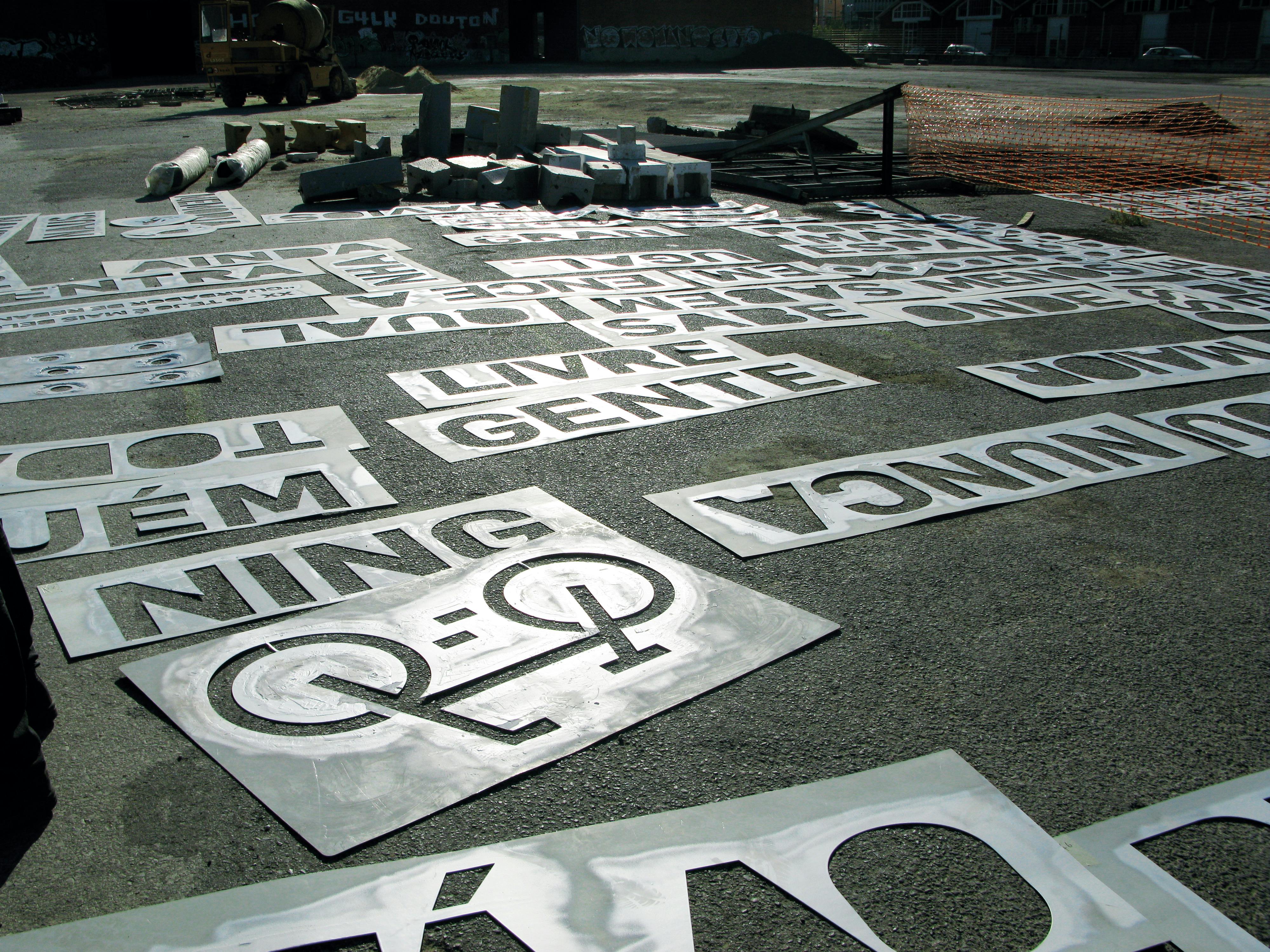
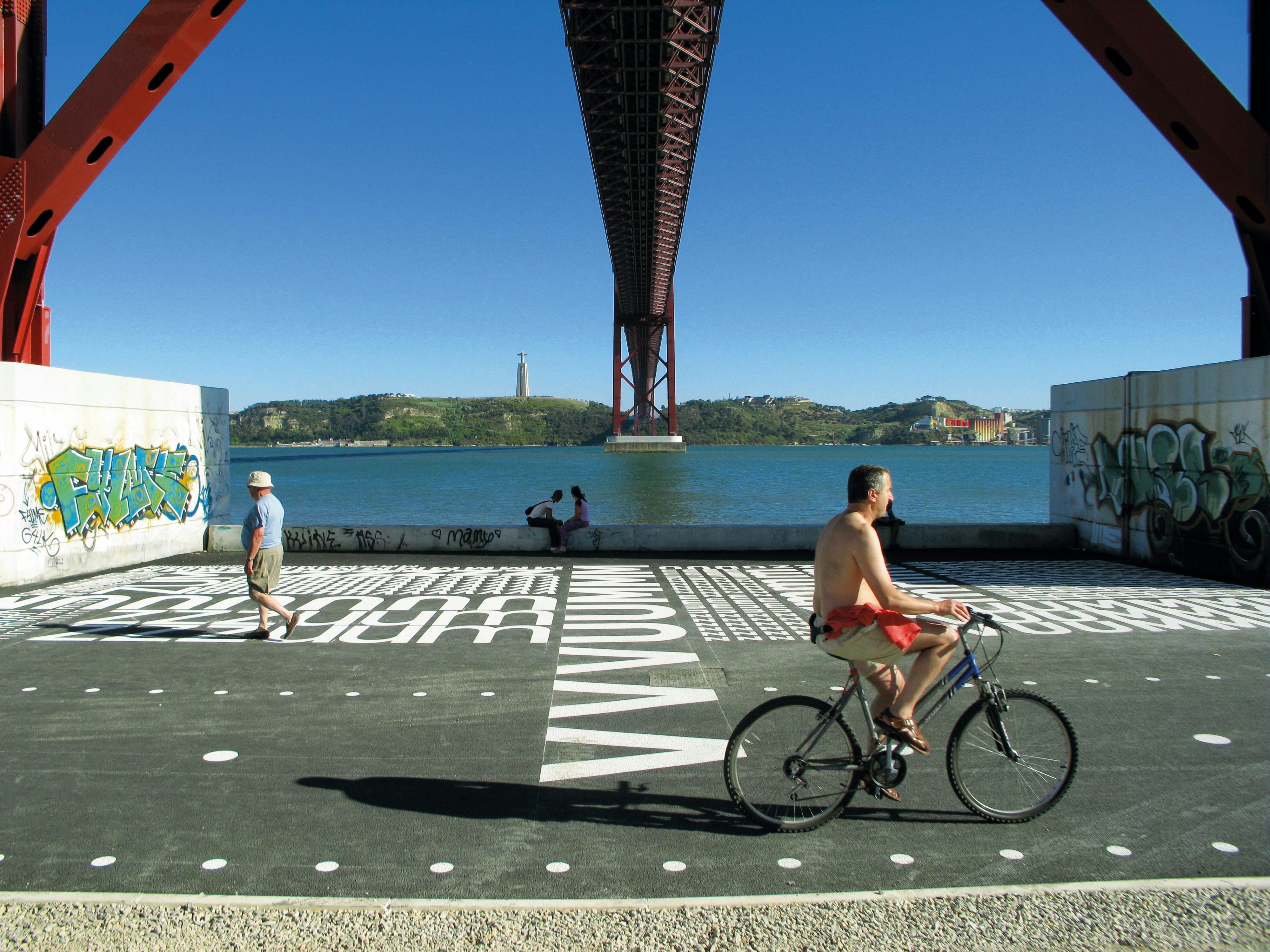
The poem is a serene, delicate and reserved declaration of the beauty that is Lisbon by way of illustrating the river. The Tagus River acts as Portugal’s window to the world via the Atlantic Ocean and harboured the explorers of the Age of Discovery.
One day in March of 1914, Mr. Fernando Pessoa felt the universe enter through him as Alberto Caeiro. Pessoa considered himself to be a medium for the phantoms around him. In such he dreamt up approximately 80 different heteronyms. More than just a dream, he saw it as severing himself into all of these alter-egos, claiming to be a vessel of the universe. Each of these characters have fully fleshed identities and writing styles, capturing their unique intellectual lives. As the architect of the concept of heteronyms, he went to such length to engage his self-imposed characters, that he gave them horoscopes and created charts to map out the position of the stars and planets at the time and date of birth of his characters, even though many of them existed centuries ago.
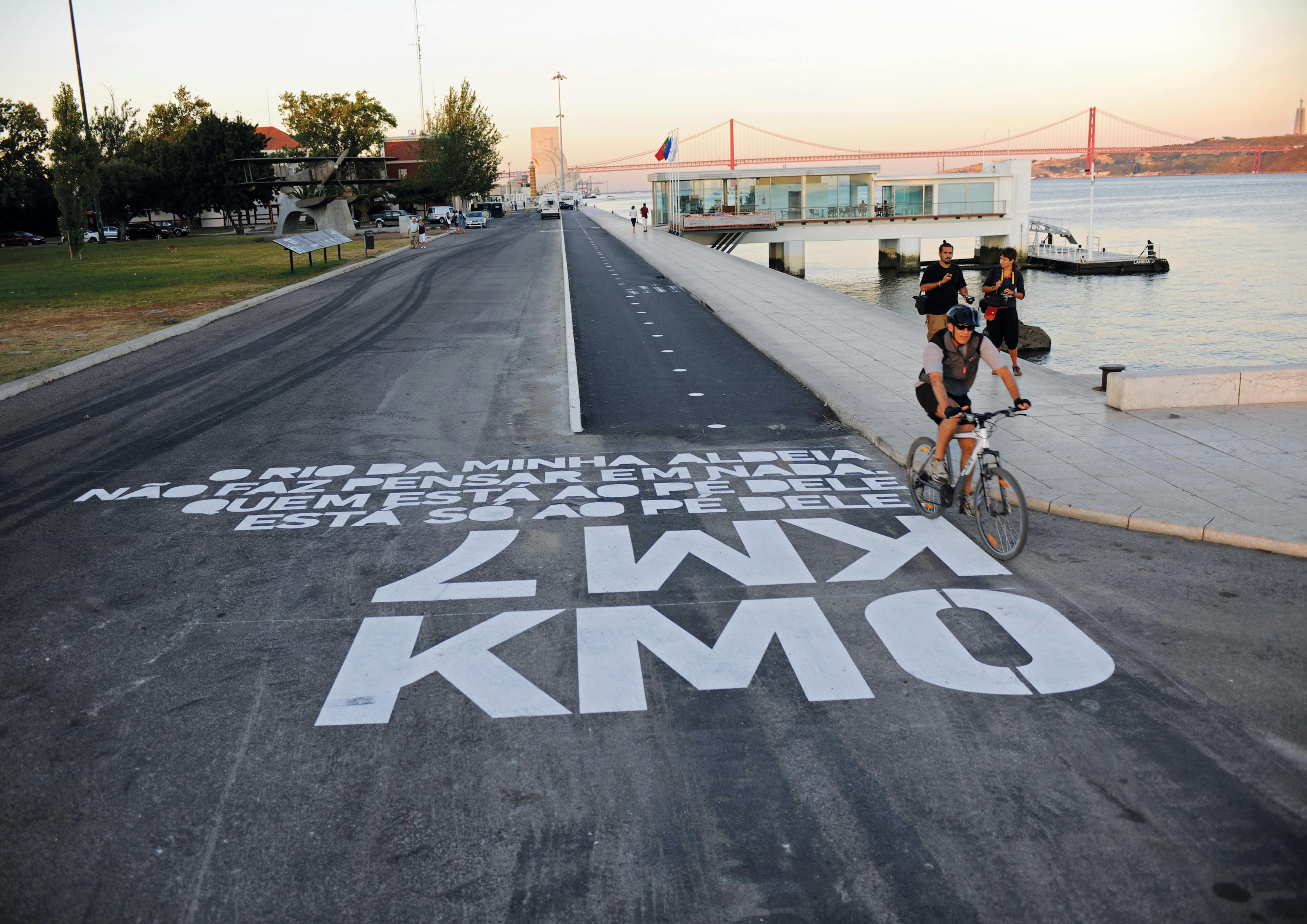
To claim that Fernando Pessoa is one of Lisbon’s greatest writers still wouldn’t do Pessoa justice. While true, he is also considered one of the greatest international writers of the 20th century. He seldom left Lisbon during his adult life, making a modest living as a commercial translator with his work mostly being published posthumously. He is Portugal’s mostextraordinary ordinary man and lived a rather anonymous life.
In such Pessoa was able to depict the daily life a 20th century city, walking the streets and documenting the tobacco shopkeepers, the heaviness of the world and, yet, the simple beauty in the mundane, in the things we don’t notice while distracted with our daily routines.
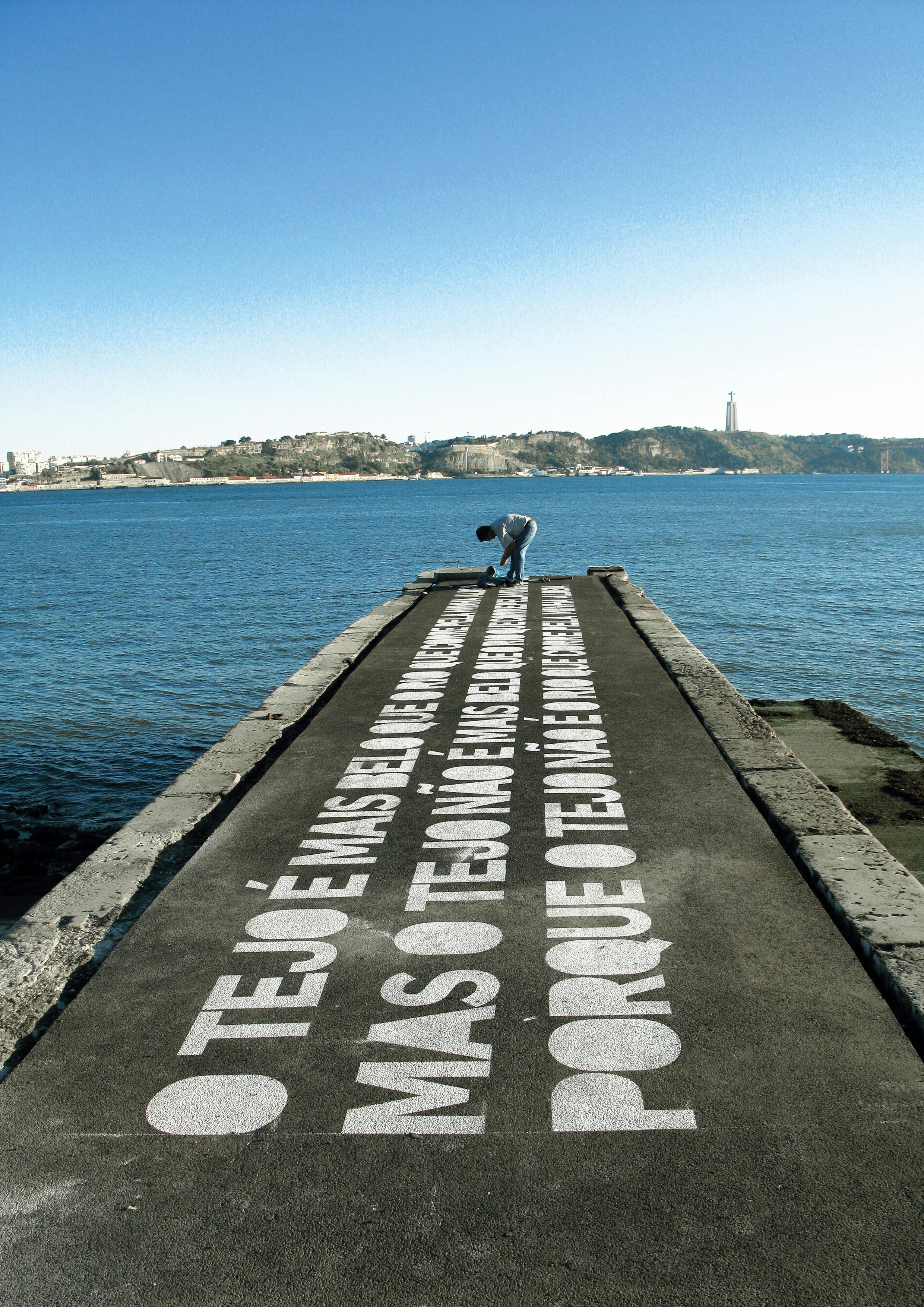
Alberto Caeiro was a man of nature. Born the 16th of April 1889, he is said the be the Naïve Master of Mr. Pessoa himself. Despite only having a primary education, he was wise in a way that educated, laboring city dwellers cannot be. He rejects the meaning of thinking and writes, “I have no philosophy. I have senses.” Caeiro held the belief that things have no meaning: they have existence, their existence is their own meaning. To think too much is to lose the meaning of what you’re thinking about. He accepted nature for the face value beauty that it is. He was also considered by Pessoa to be wiser by coming from a small village, where he was able to see more of the world that someone from a large city would be able to.
When we cycle, we don’t engage the heaviness of life, asking why and when and how. Instead we are plunging into a present state of mind where we are forced to concentrate on our relationship with the world, and our instrument included. Plunged into a world of senses. We feel the wind, we see the world moving and time passing, and engaged fully in the mechanics of life while engaging the caricature of Caeiro.
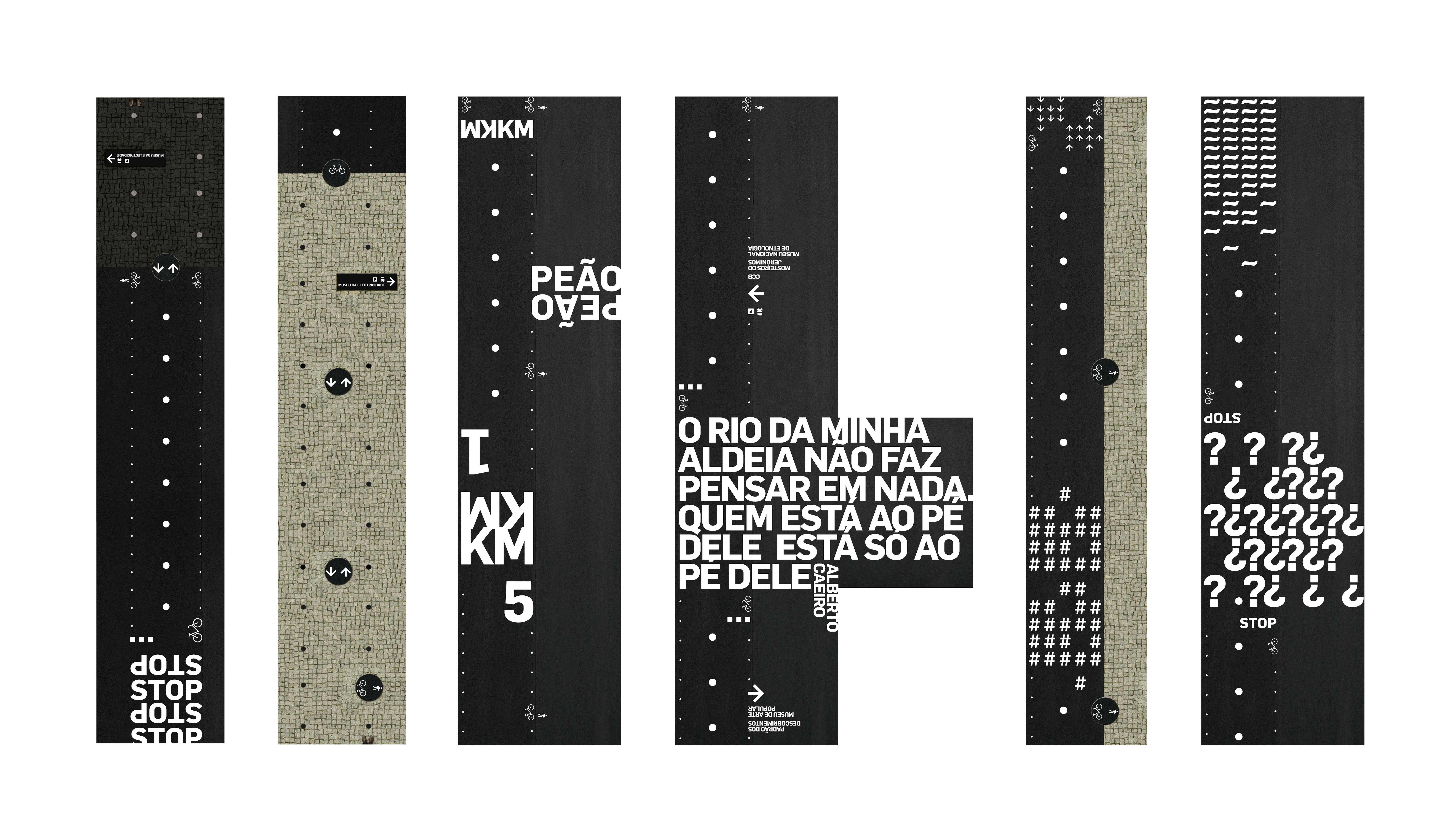
Passing along the path, the sun warms us, the wind hits us and the ride flows like the city, as the ebbs and waves of the river crash against the colourful coast of Lisbon. We are merely passing by. Going east, the cyclist approaches the large red bridge, the Ponte 25 de Abril. Crossing under it marks the halfway point to Belém. Sailboats float by and linger along the river with their deep red and dark green Portuguese flags waving in the wind.
The path fully engages the urban cyclist’s state of mind by bringing together the poetry with the nature around which the city has been formed. To have Pessoa’s poetry spanning across the coastal pathway is a nod to Lisbon’s celebrated poet, but even more so it’s a reminder to slow down to the beat of the city, to the ebbs and waves of the city.
“Because I am the size of what I see And not the size of my stature.”